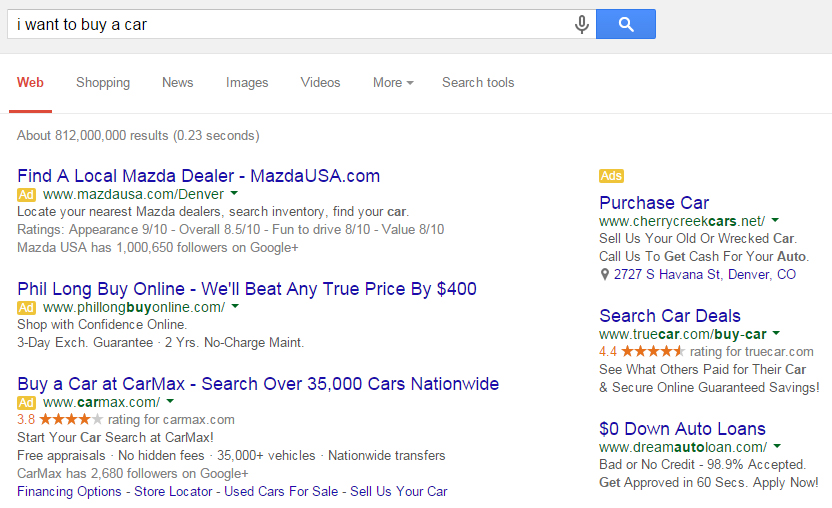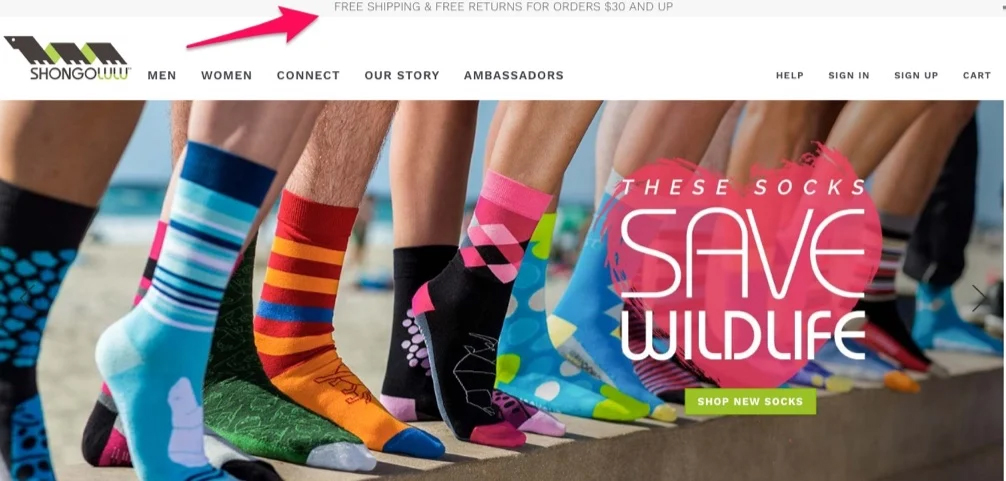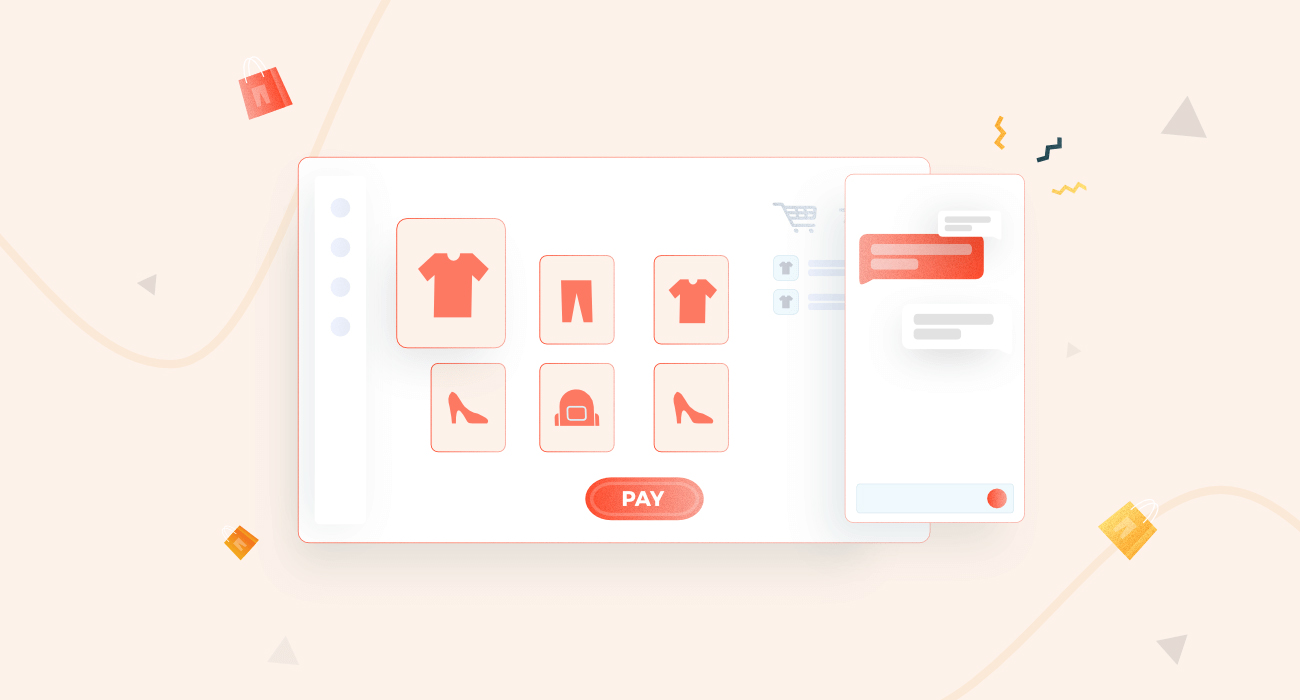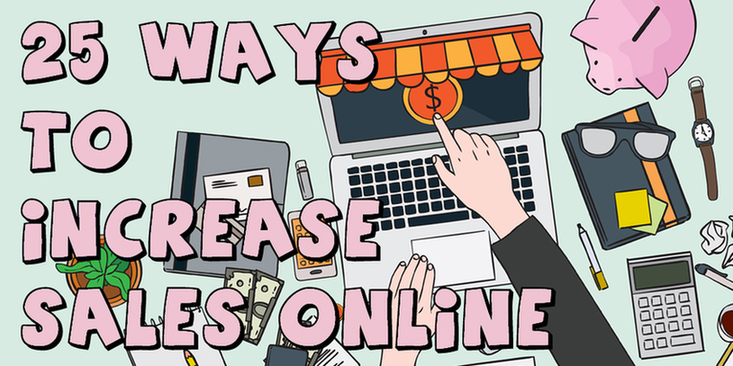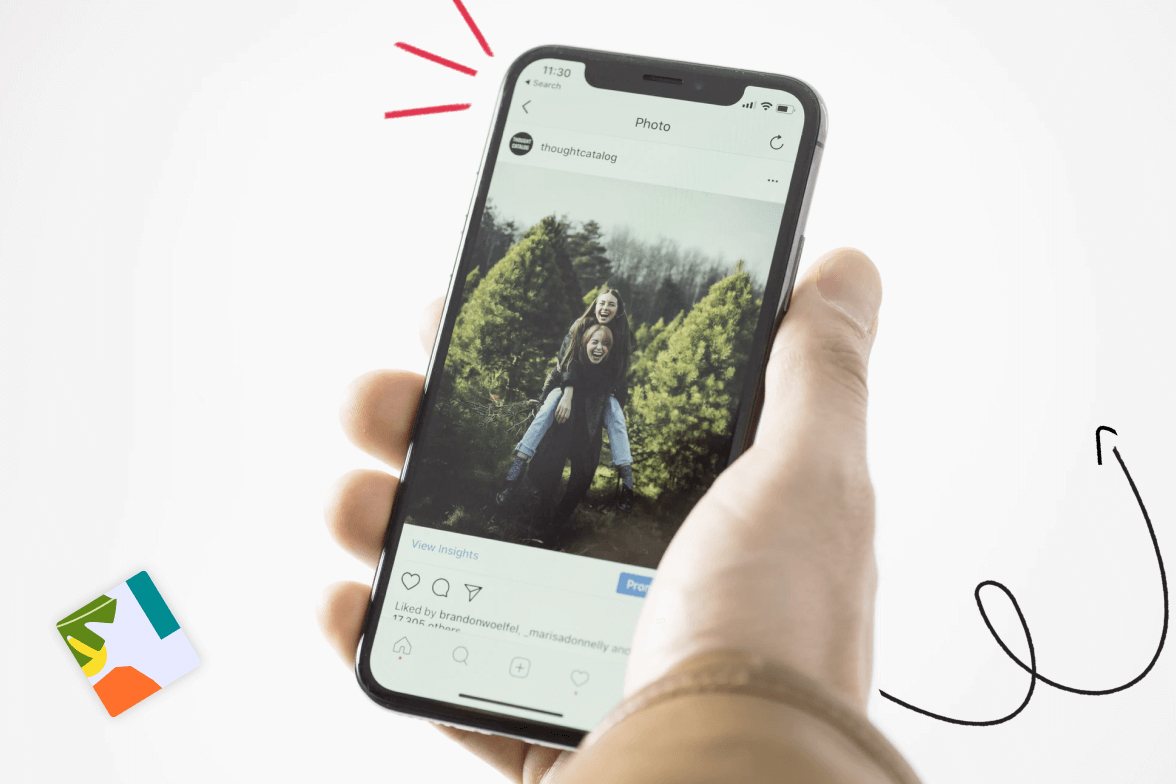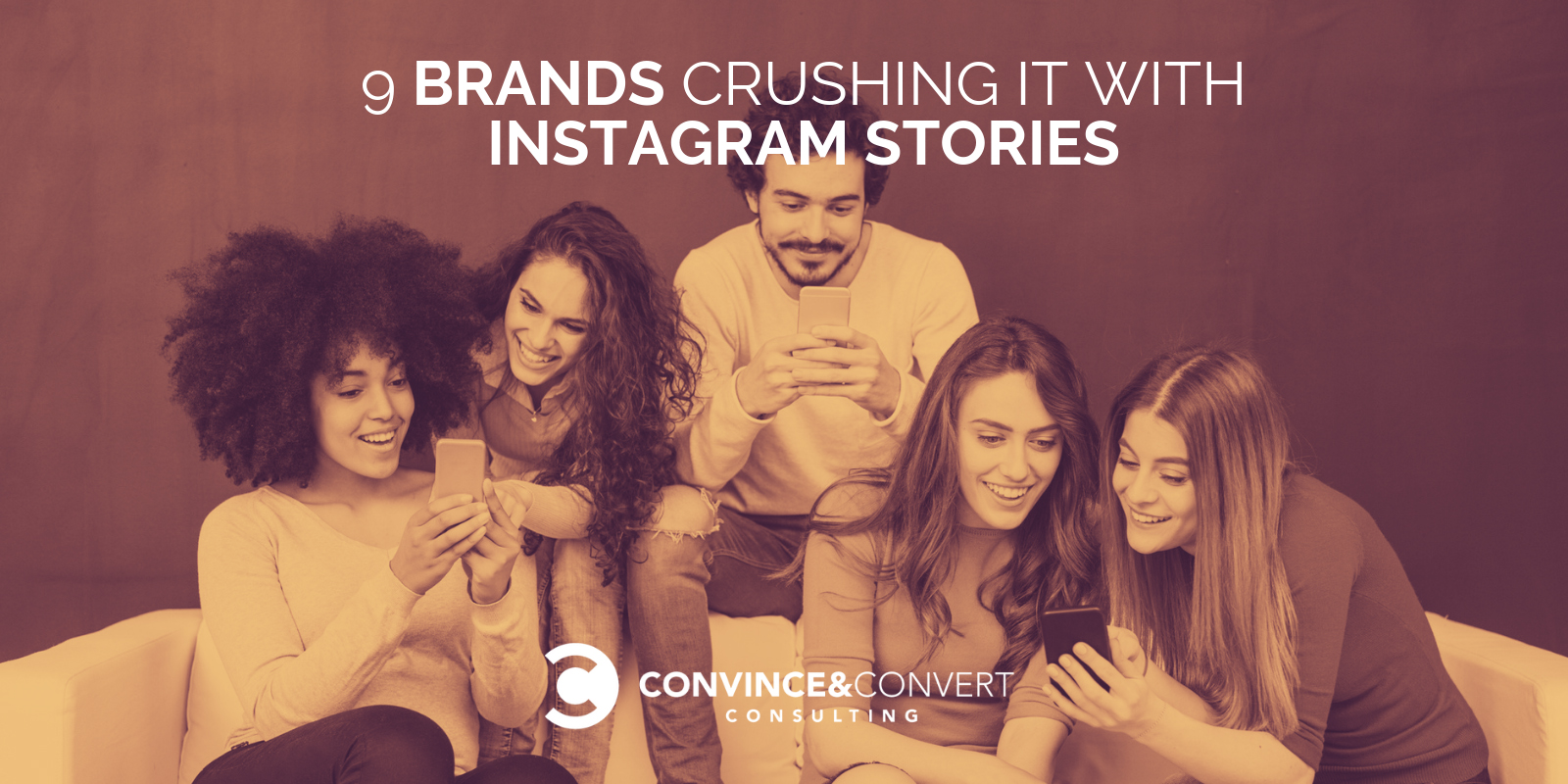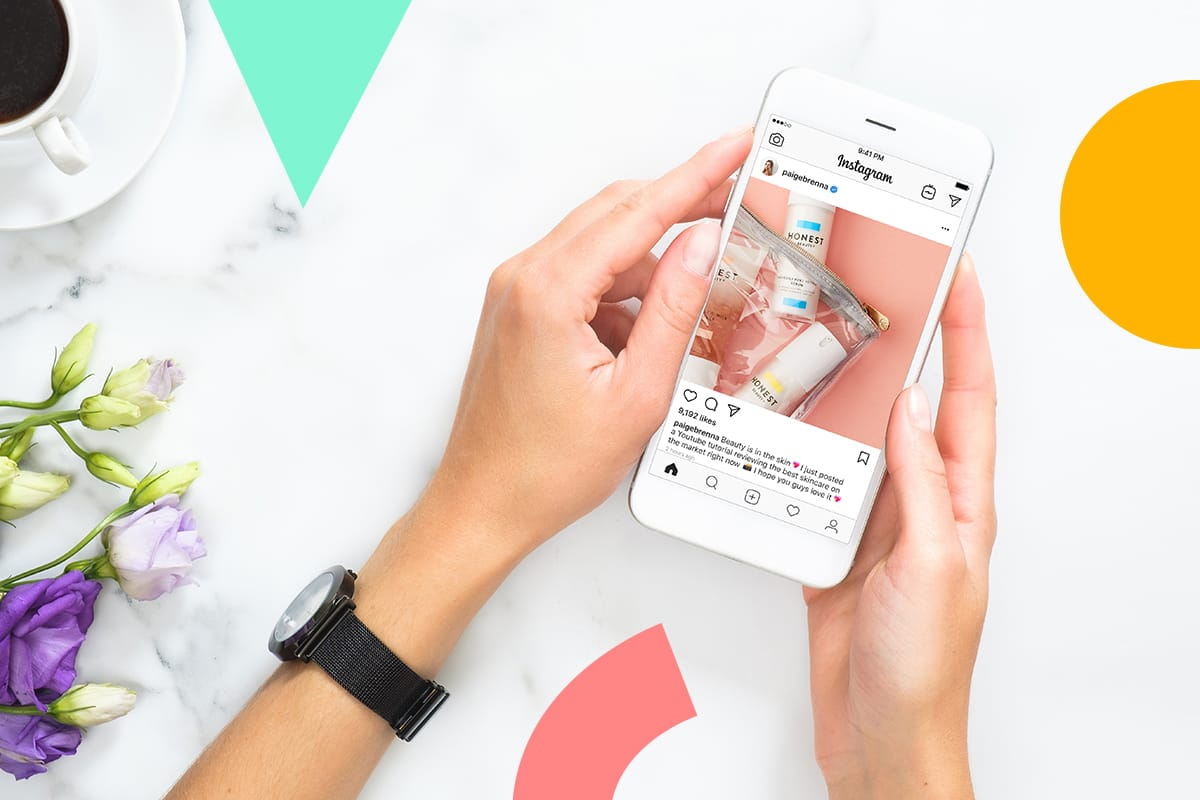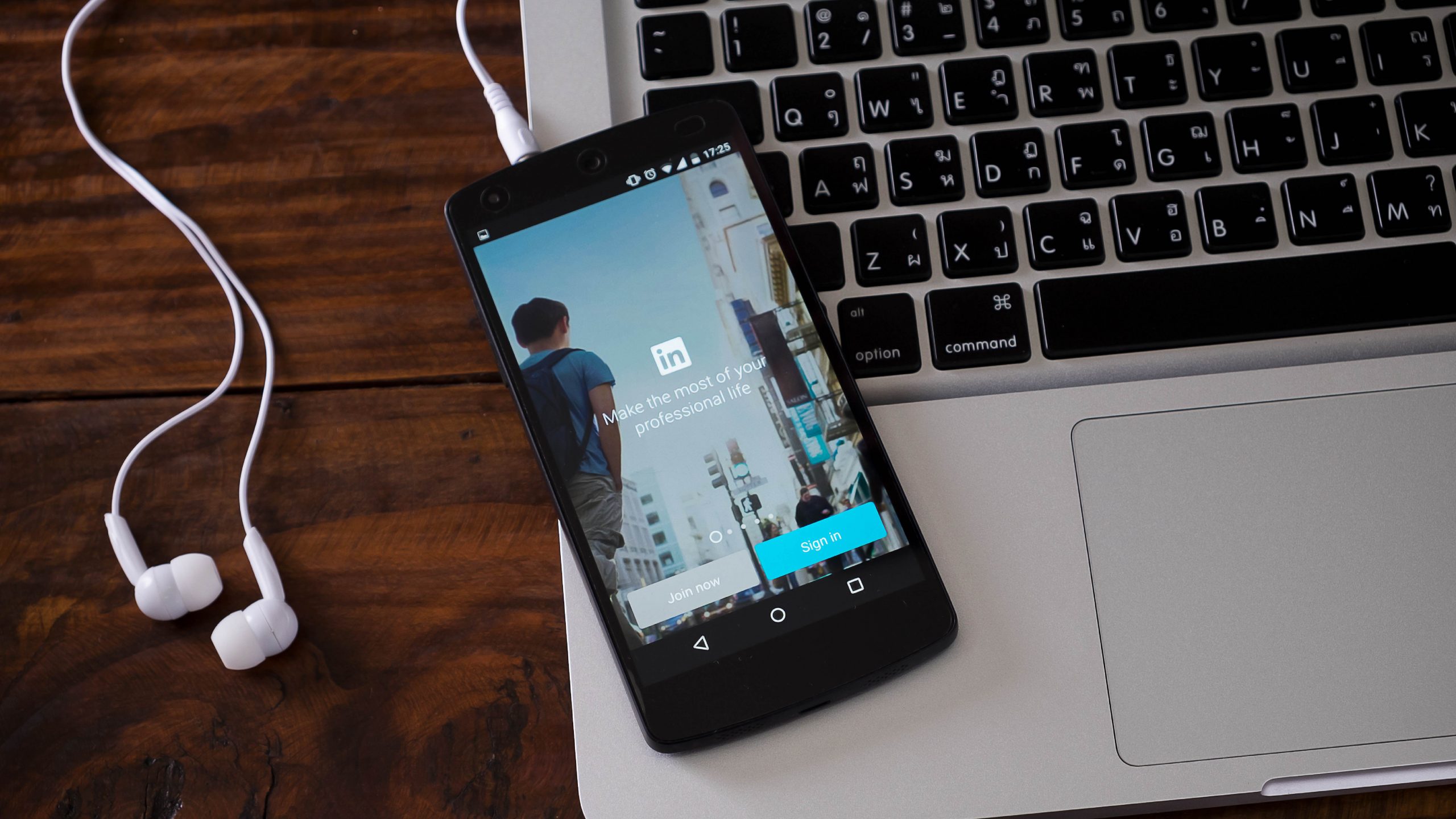While millions of small and medium-sized businesses flock to Google Ads for its ease-of-use and varied targeting options, many avoid YouTube Ads in particular “because video is complicated and expensive.”
With a shift in how people use their devices, avoiding video is a recipe for disaster. And the majority of marketers understand that.
85% of professional marketers plan to use video marketing in 2020, and YouTube is the leading platform with 88% of video marketers including it in their strategy.
 YouTube is the leading platform with 88% of video marketers including it in their strategy.
YouTube is the leading platform with 88% of video marketers including it in their strategy.
For any digital marketer that has been holding their horses on video, this statistic should be the last boot tip you need to get rolling.
You can no longer afford to ignore one of the leading marketing platforms in the world.
In this post, we’ll go through everything you need to know about YouTube Ads.
And now back to the original table of contents of this YouTube Ads Guide!
-
Why You Should Use YouTube Ads
-
How to Create Your First YouTube Ads Campaign
-
Ad Formats
-
Video Ad Sequencing
-
The Formula For Creating a Successful Video Ad
-
How To Laser-Target The Right Audience
-
Conclusion
Why You Should Use YouTube Ads
The rise of digital video alone isn’t reason enough to choose any particular platform.
You should use YouTube in particular for these three reasons:
-
Unmatched reach & ad inventory.
-
Unmatched targeting options for video ads.
-
Smart AR Tools
Let’s give you some details.
Unmatched Reach & Ad Inventory
YouTube probably has the most available ad space and potential reach in the whole digital video space. With over 2 billion monthly active users, the user base is almost as large as Facebook’s.
The difference is that every single user is there to watch videos in prolonged sessions. (And that’s their only motive.)
There’s little messaging and socializing going on on YouTube compared to other social networks. And that’s because it is focused more on one-way broadcasting than actual two-way communication.
In this way, and the fact that the medium is video, it may remind you of TV.
But as a marketing channel, the similarities end there.
There’s no spray and pray, or “knowing that you’re wasting your advertising but not knowing where” when it comes to YouTube ads.
Unmatched Targeting Options
Within the realm of digital video, no ad product comes close to the targeting options available on YouTube today.
-
You can target individual channels and creators.
(This isn’t an option for Instagram video ads.)

You can target individual channels and creators.
-
You can target people based on their search history.
(Again, available precisely nowhere else. If you have a fitness app, you can show your video ad to people who have recently searched for “best fitness app.” )
 You can target people based on their search history.
You can target people based on their search history.
And you have all the other standard targeting options like age groups, location, gender, interest groups, etc.
Beauty/Cosmetics: AR Beauty Try-On Extension
Are you in the beauty/cosmetic business? YouTube has a perfect new feature just for you!
Today, we’re introducing AR Beauty Try-On, which lets viewers virtually try on makeup while following along with YouTube creators to get tips, product reviews, and more. Thanks to machine learning and AR technology, it offers realistic, virtual product samples that work on a full range of skin tones.
Aaron Luber, Head of Branded Experiences, AR & VR, Google
Currently in beta, the AR Beauty Try-On is available through FameBit by YouTube, Google’s in-house branded content platform.
Google found that 30% of viewers activated the AR experience in the YouTube iOS app, spending over 80 seconds on average trying on lipstick virtually.
M·A·C Cosmetics is the first brand to partner with FameBit to launch an AR Beauty Try-On campaign for their new lipsticks collection.
 M·A·C Cosmetics is the first brand to partner with FameBit to launch an AR Beauty Try-On campaign for their new lipsticks collection.
M·A·C Cosmetics is the first brand to partner with FameBit to launch an AR Beauty Try-On campaign for their new lipsticks collection.
The new tool will help beauty brands make their content more engaging and educational, and ultimately drive more sales.
How To Create A YouTube Ads Campaign
As a digital marketer or business owner that reads AdEspresso, you’re probably already on the Google Ads platform, which means you can also run YouTube ads.
(If you don’t have an account, you can sign up for one here.)
But before you can run any video ads, you need to link your Google Ads account with the YouTube channel you will upload the videos to.
Click the “Tools and Settings” button to expand the menu, and click the link that leads to the linked accounts page.
 This is the link that leads to the linked accounts page.
This is the link that leads to the linked accounts page.
From here scroll down until you see YouTube and click details.
 From here scroll down until you see YouTube and click details.
From here scroll down until you see YouTube and click details.
Then click “Add channel,” and search for and select your channel.
 Click “Add channel,” and search for and select your channel.
Click “Add channel,” and search for and select your channel.
After selecting the channel, click the link to jump to YouTube to confirm the connection. (You must be logged in to the relevant YouTube account for it to work.)
 Once you see this box, name the link whatever you want, and complete the link.
Once you see this box, name the link whatever you want, and complete the link.
Once you see this box, name the link whatever you want, and complete the link.
You’re now ready to create your first campaign.
All you have to do is create a new campaign inside the Google Ads dashboard.
 Create a new campaign inside the Google Ads dashboard.
Create a new campaign inside the Google Ads dashboard.
Choose a goal/objective that’s relevant to the platform and select video as your campaign type.
For example, you can choose brand awareness and reach.
(Please note you want to be able to test and use every single YouTube ad type outside of a sequence, in a single campaign with a single budget, you need to choose “Create a campaign without a goal’s guidance” here. You won’t be able to create unskippable in-stream ads without setting up a specific campaign, however.)
 Make sure you set “Video” as a campaign type to create your first YouTube video ad.
Make sure you set “Video” as a campaign type to create your first YouTube video ad.
Make sure you set “Video” as a campaign type to create your first YouTube video ad.
Now you need to choose the subtype of the campaign. This is an essential step as it affects the delivery of the ads.
For example, if you choose the ad sequence option, you can tell a story to users with multiple short ads, more on this later.
With the brand and awareness campaign goal, you’re forced to choose a subtype which will impact what video formats you can use. (Outstream campaigns are for third-party non-YouTube ads.)
Skippable in-stream is the standard YouTube campaign subtype.
 Skippable in-stream is the standard YouTube campaign subtype.
Skippable in-stream is the standard YouTube campaign subtype.
From here, you might notice that the bidding methods are different from a typical Search or Display ad.
 Notice that the bidding methods are different from a typical Search or Display ad.
Notice that the bidding methods are different from a typical Search or Display ad.
The standard bidding option is target CPM (cost per thousand impressions) and sets a limit for how much you’re willing to spend for each view.
(For brand and awareness campaigns, it’s the only available option.)
Next, you can choose to filter the inventory based on the type of content the YouTubers create:
 You can choose to filter the inventory based on the type of content the YouTubers create.
You can choose to filter the inventory based on the type of content the YouTubers create.
Once you have gone through these options, you need to create a new video ad.
 Once you have gone through these options, you need to create a new video ad.
Once you have gone through these options, you need to create a new video ad.
If you choose the sequence campaign format, you will be asked to create a sequence instead.
But more on that later.
When you’re creating the video ad, you will be asked to choose the ad format.
So let’s familiarize ourselves with your options.
YouTube Ads Formats
There are 4 main ad formats that Google provides on YouTube today.
Each format has different lengths and mechanics and appears at different times during the user’s video watching experience, so you have to consider the format when planning, producing and shooting your videos.
Skippable In-Stream Ads (Also known as TrueView Ads)
 The in-stream ad (or TrueView ad) is the original video skippable ad format that every video marketer has grown to love.
The in-stream ad (or TrueView ad) is the original video skippable ad format that every video marketer has grown to love.
The in-stream ad (or TrueView ad) is the original video skippable ad format that every video marketer has grown to love.
They open up before a video and have an accompanying banner on the right-hand side.
You can control the billing timing options in the ad settings.
 You can control the billing timing options in the ad settings.
You can control the billing timing options in the ad settings.
If you use the CPV bidding option, which is chosen by default, you will pay after a viewer has watched 30 seconds of your ad.
This is the perfect ad format for videos that tell an interesting visual story that aligns with the tastes of the target audience.
Since they can skip your ad any time they want, you have to create a video that grabs and holds their attention, as well as informs them about your product/service/offer.
Specifications:
- Video length: The minimum recommended length is 12 seconds, and the maximum is 3 minutes.
- Timing: Before, during, and after videos.
- CTA: Optional 10-character long CTA and 15-character headline.
- Banner: 300×60 PX companion banner displayed on the right-hand side.
- Pay for: 30-second views or clicks (with CPV-bidding) or impressions (with CPM)
Unskippable In-Stream Ads (Pre-Roll Ads)
 The unskippable, up-to 15-second long in-stream ads used to be called pre-roll ads.
The unskippable, up-to 15-second long in-stream ads used to be called pre-roll ads.
The unskippable, up-to 15-second long in-stream ads used to be called pre-roll ads.
They have no companion banner, and there’s no call-to-action other than the “Visit advertiser’s website” link.
Specifications:
- Video length: Up to 15 seconds.
- Timing: Before, during, and after videos.
- CTA: Optional 10-character long CTA and 15-character headline.
- Pay for: Impressions (CPM)
Bumper Ads
 A bumper ad is a short unskippable video ad under 6 seconds.
A bumper ad is a short unskippable video ad under 6 seconds.
A bumper ad is a short unskippable video ad under 6 seconds (this is the window that in-stream ads become skippable after anyway).
Bumper Ads are great if you want to create multiple touchpoints with each user and create a sense of anticipation and interaction with each step of the story.
Specifications:
- Video length: Up to 6 seconds.
- Timing: Before, during, and after videos.
- CTA: Optional 10-character long CTA and 15-character headline.
- Pay for: Impressions (CPM)
TrueView Video Discovery Ads (Previously In-display Ads)
A video discovery ad is basically an ad inside the YouTube platform that advertises one of your videos or campaigns.
Users that decide to click through on the ad will then watch a particular video. (These ads are different from display ads that are shown on YouTube, in that they don’t directly lead to a landing page.)
These ads can now be placed directly in the YouTube app feed (or on the home page), and not just next to related videos.
Good if you want to improve your reach while targeting a very specific audience.
 This shows the video ads specifications.
This shows the video ads specifications.
Specifications:
- Video length: minimum of 12 seconds.
- Headline: 100 Characters
- Description: 2x 35 Characters
- Pay for: Clicks to initiate views (CPC)
YouTube Masthead

The Masthead ad format is a massive autoplaying video-header featured at the very top of the YouTube app feed or homepage.
They are great if you want unmatched reach to improve brand awareness, for example to replace a cost inefficient TV ad campaign.
Specifications:
- YouTube video with a resolution of 1920 x 1080 or higher.
- Headline: Recommended length of 23 characters (to fit on all platforms).
- Description: Up to 62 characters for mobile and TV.
- CTA button: 10 characters or less recommended.
Note: Masthead ads are only available on a reservation basis through official sales reps.
YouTube Ads Extensions
You can also add extensions to certain YouTube ad formats.
With TrueView for Action campaigns, you can even add sitelinks to help users navigate to the most relevant landing page.
Regular in-stream ads and bumper ads offer basic call to action extensions.
Video Ad Sequencing
Many shorter touchpoints beat a single longer touchpoint.
A video ad sequence knocks a single ad straight out of the park with 107% higher ad recall, and 134% higher purchase intent, according to exclusive Google research announced during Google Marketing Live 2019.
Create the perfect YouTube campaign by relying on multiple videos and touchpoints to tell your story, not just one.
To show your videos in sequence to each user, you need to create a new video campaign that has the correct campaign subtype.
 Create a new video campaign that has the correct campaign subtype.
Create a new video campaign that has the correct campaign subtype.
Then once you’ve entered the specifics like budget, names, and inventory, you can move on to start setting up your actual sequence of videos.

You need to choose a YouTube video for each step of the ad.

A great example of a series of video ads that work well in a sequence is Whiskas’ “KIT: Kat Institute of Technology” series of video ads.
 Each ad grabs the attention of the viewer and tells a part of the brand story.
Each ad grabs the attention of the viewer and tells a part of the brand story.
Each ad grabs the attention of the viewer and tells a part of the brand story.
The videos match the expectations of their target audience (cat owners watching cat videos online), and by including humor seamlessly in their video series they were able to win their audience over.
They achieved a 3.6% sales lift in the U.K. by running this ad campaign.
The Formula To Create the Perfect YouTube Ad
Start with the audience in mind, then plan videos that are inspired by video content they already enjoy to create the perfect YouTube ad.
It’s a seemingly simple but difficult process, that’s centered around answering three questions:
- Who are the people we are targeting with this campaign?
- What video content are they already enjoying (watching a lot of or sharing) online?
- What aspects of that can we use and integrate with our brand story (slang, humor, memes, references, setting)?
Targeting and matching the message and creative to that audience is the ONLY variable in the success or failure of your campaign.
It’s the difference between completely bombing a campaign, and getting a 537% increase in brand mentions and 3.2:1 ROI (profit, not ad revenue).
Instead of shooting blind, think about the context in which your ad will appear; on YouTube videos that people are choosing to watch in their free time.
Become intimately familiar with the content that your customers are already consuming on YouTube. If you have the resources and the time, you can run surveys and focus groups to get your answers.
If you don’t have the time, you can get insights into what your paying customers are working by setting up a display remarketing campaign and targeting the audience of paying customers.
This ad doesn’t have to be perfect, because you’re only mining data on where the ads get shown.
To see this, head over to placements for the remarketing campaign and select “Where ads showed.” Set the network to YouTube, and you can see which channels are the most popular among your customers.
 Where you can see which channels are the most popular among your customers.
Where you can see which channels are the most popular among your customers.
This can be an easy source of insight not just for ideas for new placements, potential influencers and partnerships, but can help you find the creative angle you need to create an effective video ad.
How To Laser-Target The Right Audience
Google gives you plenty of options when it comes to targeting on all their ad products. And that’s no different for YouTube advertising.
Target by channels
To choose which channel’s videos your ads should appear on, you can search for and add channels in the “Placements” section when you create a new ad group or campaign.
 You can search for and add channels in the “Placements” section when you create a new ad group or campaign.
You can search for and add channels in the “Placements” section when you create a new ad group or campaign.
You can use the insights you got from running a remarketing campaign here as well. (Choose channels with high volume, as well as good performance across other metrics like CTR and CVR.)
Target specific videos
In the same section, you can target specific videos. You can even hand-pick how-to tutorial videos that use yours or competitor products to show your ads in.
 In this same section, you can target specific videos.
In this same section, you can target specific videos.
Target topics or categories
You can also target videos more broadly, by using topics and categories.
 You can also target videos more broadly, by using topics and categories.
You can also target videos more broadly, by using topics and categories.
Target based on search history
A more interesting way of targeting viewers that’s unique to YouTube video ads is showing your ad only to people who have searched for terms relevant to your business.
If you want to market a tailoring business, you can target people who are actively searching for suits and other business attire.

Or you can create a custom intent audience with specific keywords.

You can also use a custom affinity audience to target potential customers without singling out channels or topics.
The right targeting options depend on the range of locations you’re targeting and the size of the audience.
If you’re targeting a small town, and your whole audience is only a few thousand people, you need to use broader targeting like topics, in-market audiences or very large channels.
If your location is larger and your potential audience is in the tens of millions, you should use custom audiences or specific placements to cut away the low-quality views.
Conclusion
YouTube and video ads, in general, are only complicated and expensive if you try to shoot in the dark.
Instead, the safest path forward is to know exactly who your audience for the campaign is, and let their preferences guide your creative process.
Once you’ve done that, you can deliver the finished videos (or sequences) to exactly the right people, watching the right video, at the right time by mastering the extensive targeting options.


